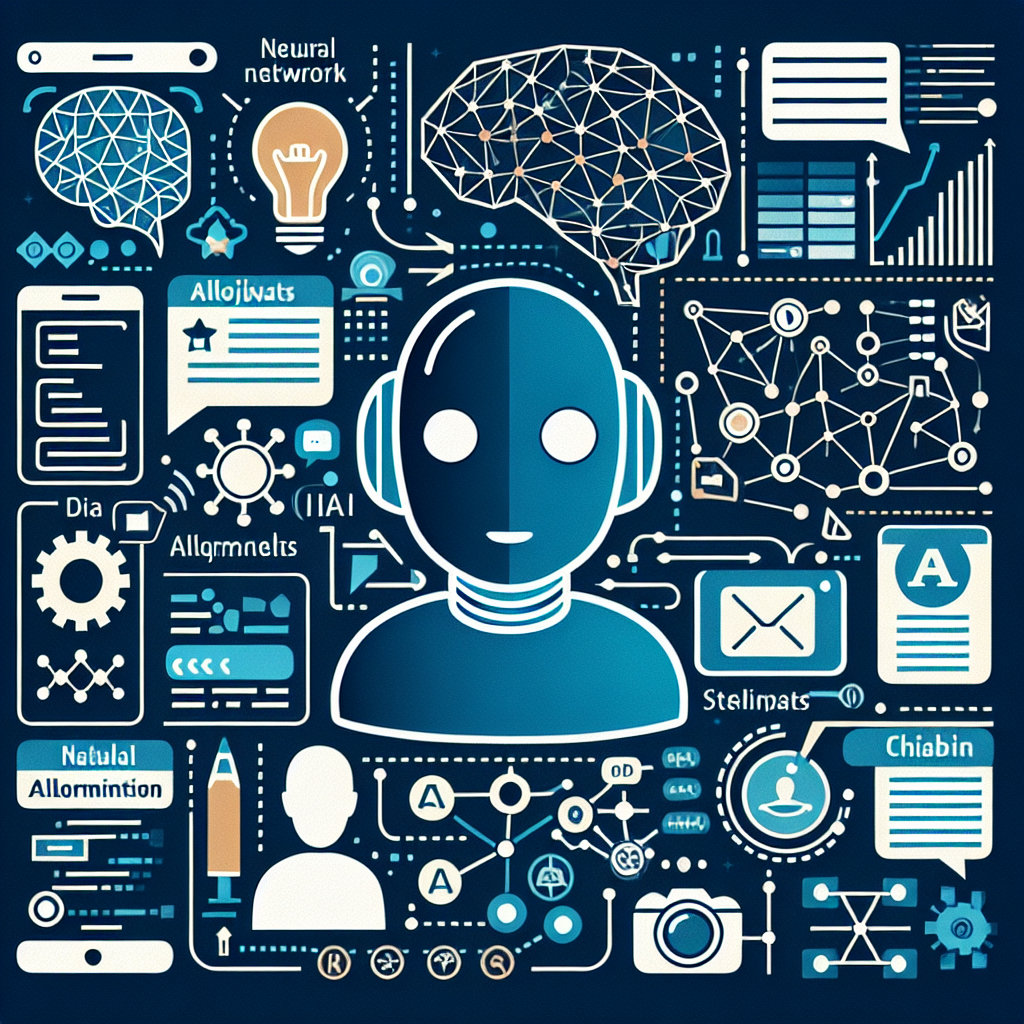ChatGPT: A Comprehensive Guide to the AI Chatbot
“`html
ChatGPT: A Comprehensive Guide to the AI Chatbot
In recent years, artificial intelligence has made significant strides, with AI chatbots like ChatGPT leading the charge. Developed by OpenAI, ChatGPT is a language model that has revolutionized the way we interact with machines. This comprehensive guide will explore the intricacies of ChatGPT, its applications, and its impact on various industries.
What is ChatGPT?
ChatGPT is a state-of-the-art language model developed by OpenAI. It is based on the Generative Pre-trained Transformer (GPT) architecture, which uses deep learning techniques to generate human-like text. The model is trained on a diverse range of internet text, enabling it to understand and generate responses in natural language.
How Does ChatGPT Work?
ChatGPT operates by predicting the next word in a sentence, given the preceding words. It uses a transformer architecture, which allows it to process and generate text efficiently. The model is pre-trained on a vast corpus of text data and fine-tuned for specific tasks, making it versatile and adaptable.
Applications of ChatGPT
ChatGPT has a wide range of applications across various sectors. Some of the most notable include:
- Customer Support: Many companies use ChatGPT to automate customer service, providing quick and accurate responses to common queries.
- Content Creation: Writers and marketers leverage ChatGPT to generate ideas, draft articles, and create engaging content.
- Education: Educators use ChatGPT to develop interactive learning tools and provide personalized tutoring experiences.
- Healthcare: In the medical field, ChatGPT assists in patient triage and provides information on medical conditions and treatments.
Case Studies: ChatGPT in Action
Several organizations have successfully integrated ChatGPT into their operations. For instance, a leading e-commerce platform implemented ChatGPT to handle customer inquiries, resulting in a 30% reduction in response time and a 20% increase in customer satisfaction. Similarly, a content marketing agency used ChatGPT to streamline content production, boosting productivity by 40%.
Challenges and Limitations
Despite its capabilities, ChatGPT is not without challenges. Some of the key limitations include:
- Bias: Since ChatGPT is trained on internet data, it may inadvertently learn and reproduce biases present in the data.
- Contextual Understanding: While ChatGPT excels at generating text, it may struggle with understanding complex contexts or nuances.
- Dependence on Data Quality: The quality of ChatGPT’s output is heavily dependent on the quality of the data it was trained on.
The Future of ChatGPT
As AI technology continues to evolve, the potential for ChatGPT is immense. Future iterations are expected to address current limitations, offering even more sophisticated and context-aware interactions. The integration of ChatGPT with other AI technologies could lead to groundbreaking applications in fields like virtual reality, gaming, and beyond.
Conclusion
ChatGPT represents a significant advancement in AI technology, offering a versatile tool for businesses and individuals alike. Its ability to generate human-like text has opened up new possibilities across various industries, from customer support to content creation. While challenges remain, ongoing research and development promise to enhance its capabilities further. As we look to the future, ChatGPT is poised to play a pivotal role in shaping the way we interact with technology.
“`




